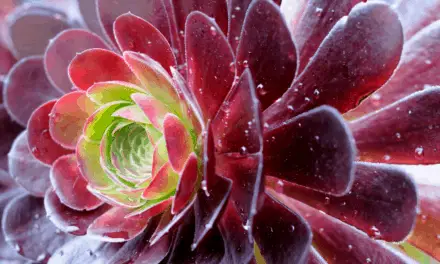If you have some of these beautiful plants in your garden, you might be wondering if their flowers will last all summer long?
After all, you’ll want to know how long you should get to enjoy their blooms, and how to plan the flowers around them according to their flowering habits.
Table of Contents
Will Violas Flower All Summer?

Yes, if you look after them well and they are happy with their conditions, violas should flower all summer.
They will often begin flowering in the early summer and finish in late summer or early autumn, depending a bit on the weather and temperatures.
There are a few tips you can follow to ensure they keep flowering.
What Is The Viola Flowering Season?
There are a few different kinds of violas, including some hybrids, and they may have slightly different flowering habits, but many violas flower as early as April and can continue until September.
How To Keep Violas Flowering All Summer?
They are very popular flowers because of this long flowering season and the ease with which they can be grown – but how can you ensure they have everything they need for the most spectacular blooms possible?
Give Your Violas The Right Amount Of Light
Violas like plenty of sunshine in the spring and early summer, but they don’t handle intense heat well and tend to struggle with the hot afternoon summer sun.
An ideal place to keep them would be somewhere where they’ll get some morning sunlight and then some dappled sun in the afternoon.
Water Your Violas Properly
These plants can tolerate a little drought but if you want yours to look their best and flower for as long as possible, try to keep their soil moist.
Check your violas’ soil before watering and if it feels like it’s turning from slightly moist to dry you can give a deep watering.
Try not to let the soil become too dry and try not to water so much that the soil is consistently soggy.
Try to hit the mark with consistently moist soil and your violas will be happy.
Related Article: Why Is My Wandering Jew Plant Drooping? (And How To Revive It)
Provide Rich Soil And Fertilizer
A lot of energy goes into making all those flowers, so make sure your violas have fertile, well-drained soil to grow in, and consider feeding them to increase the number of flowers they make.
You can feed them every couple of weeks throughout the growing season, and this will help to ensure they grow thick and beautiful.
You can also use slow-release fertilizers if you want results over a slower period of time.
This will also give your plants plenty of nutrients to keep producing flowers.
Fight Pest Infestations
Pests munching on your plants’ leaves and stems will quickly undo the good you’ve done by fertilizing, so keep an eye out for insects on your violas.
If you want them to flower all summer, you need to make sure that they’re healthy, and this involves protecting them from nibbling bugs.
You can use a soapy spray to get rid of aphids.
You should also look out for slugs, and remove any that you find.
They may try to shelter under the leaves or stems.
It’s best to look at night or on cool days.
You can use chemical methods to get rid of slugs.
Alternatively, try slug traps, or just hurl them off into the deep undergrowth.
Violas are popular with slugs and snails, so it’s important to do regular checks to protect them from this kind of damage if you want healthy flowers all summer.
Deadhead Your Violas To Encourage Flowering
It’s important to remove flower heads when they are over because this will keep encouraging the viola to produce more flowers in an attempt to form seeds.
If you take heads off quickly, so it doesn’t have a chance to create and spread seeds, it will make more flowers.
Use a pair of sharp scissors and cut just below the head of the flower, leaving as much of the stem intact as possible.
The plant will quickly produce more blossoms to replace those you have removed.
If you don’t regularly deadhead violas, they will quickly stop flowering, regardless of the season and weather.
Anyone who prefers not to deadhead plants will be pleased to learn that you can also cut the violas back in the middle of the season, and they will come again with new flowers.
You should leave at least two inches of growth when making this cut.
This method can be a lot less work, and the plants will renew in about a month.
You might not get such a quantity of flowers from the second method, but you may find it’s less work!
Winter Maintenance For Your Violas
To ensure a good flood of blossoms next year, it’s also important to do a bit of winter maintenance.
You should cut your violas to about two inches tall at the end of the flowering season or in late September.
This will make it easier for new growth to start next year, meaning you’ll get flowers earlier and – hopefully – for longer!
Final Thoughts
Violas do flower all summer, especially if you are able to meet the conditions they need for healthy growth, such as fertilizer.
Protecting your plants from pests is also key to ensuring that you’ll get lots of flowers for months at a time.




